Friendly little Bolton is like many medium-sized English cities I've been to on my soccer…
English Soccer Tour: Visiting Newcastle

When you’re in Newcastle, it’s nearly impossible to get away from Newcastle United.
Sure, on occasion you’ll come across someone who doesn’t follow football, or who drifted off when they got relegated a couple years ago, but even then, they seem to know what’s going on with the club.
As a symbol, there’s none more appropriate than St. James Park, all 52,000 seats of it, sitting on what appears to be the highest point in the middle of the city. On a scenic bus tour I took, they referred to it as “the largest house of worship in the city,” one of three religions along with Roman Catholic and Church of England.
In fact, right outside the central train station is a Catholic church, with a statue of its bishop out front – and the tour says he was known to be a fanatical Newcastle United supporter.
There doesn’t seem to be any other kind. In fact, in September 2016 I sat with 48,000 of them on game night, a Wednesday night in the second tier league, against an opponent from six hours away, and rank them as probably the most enthusiastic and engaged supporters I’d seen in (then) 38 games across the country.
After seeing more than 100 games, I still say the same.
In short, I could not be more impressed than I was by Newcastle United. I have more about them in my book, but for now allow me to introduce you to the city itself. It’s quite a place – scenic, historic, bustling, and kept young by 80,000 university students – and it’s perfectly located to be the suggested North and Northeast hub city for my book.
Here is some other material related to Newcastle United:
- Meet the club
- Take a tour of their stadium
- Check out the hospitality package I sell there
- Read my travel guide to the city
Newcastle sits along the River Tyne and has a history that goes back at least to Roman times. There is still a medieval castle there, remains of the old city wall, and a street that traces the path of Hadrian’s Wall.
But the main impressive buildings date from the early 19th century. It was then, around 1830, that a man named Richard Grainger purchased a huge house and grounds up the hill from town and leveled the whole thing. He decided to develop it into a whole new part of town, and many of those buildings still stand today, in a neighborhood called Grainger Town. There are 450 buildings there, 244 of them are “listed,” the equivalent of the US’s National Register of Historic Places.
The most obvious thing is Grey’s Monument, an obelisk visible from all over. I had assumed it was for a military hero or royal, but in fact he was a politician! He was most famous for expanding the vote in England via the Great Reform Act of 1832. He was still alive when they put up the monument in 1838, but I was told in a tour that he didn’t attend. How very English of him.
He was fully known, by the way, as Charles Earl Grey, and yes, he’s that Earl Gray. Apparently the water in his home didn’t get along with English tea, so he had a Chinese servant create a new one for him. That blend went all over the world, and a local company called Twinings still provides the royal family with tea.
My favorite story from that tour, by the way, had to do with Queen Victoria. She attended a dinner in Newcastle once, and someone in town screwed up by sending the bill for the whole meal to Buckingham Palace. The queen was so upset that she never, in her remaining 50 years on the throne, set foot in the city again. She was said to always draw the curtains on her train so she wouldn’t have to see it, and the closest she came to a visit was stopping her train on a bridge to see the damage caused by a fire and, reluctantly by all accounts, receive the Newcastle mayor and some other dignitaries.
Here are some photos and additional sketches from my tour and visit:
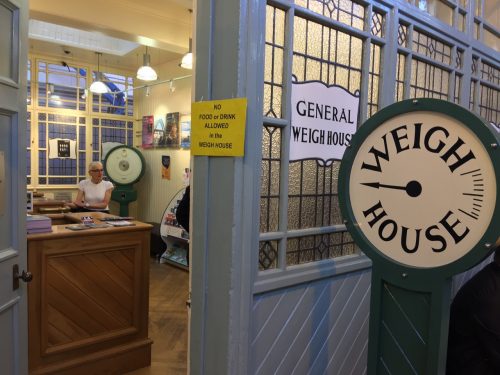
They used to weigh goods like meat here — and then people, which they still do, for 30p (see below).

The Wellington, famous for its 500-pound owner’s corpse being lifted down to the street after he died upstairs.



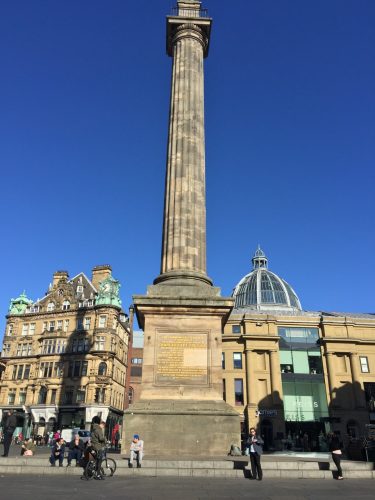

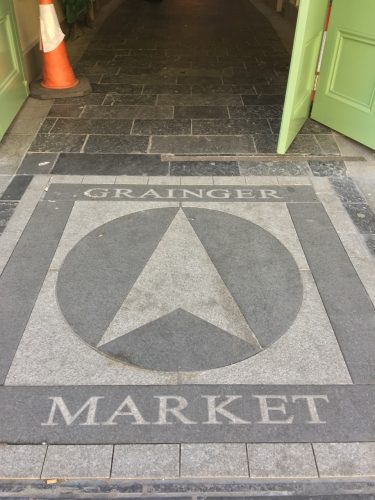


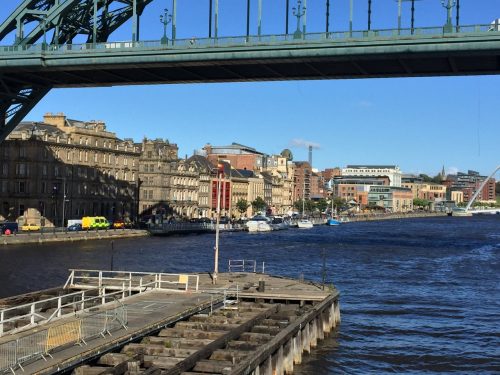



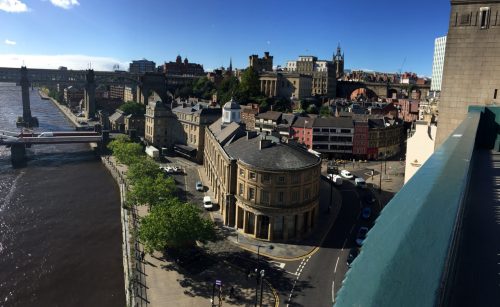
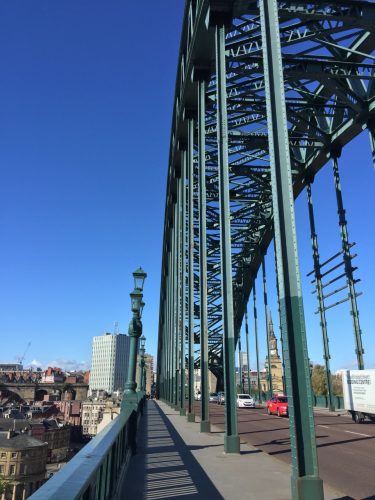
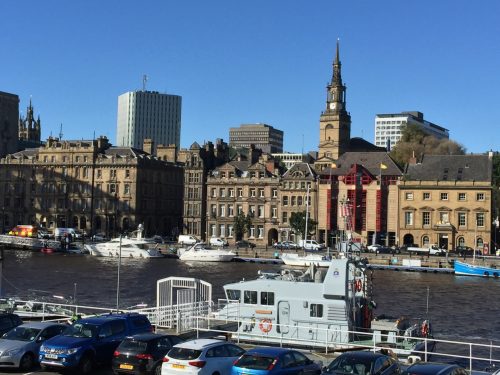
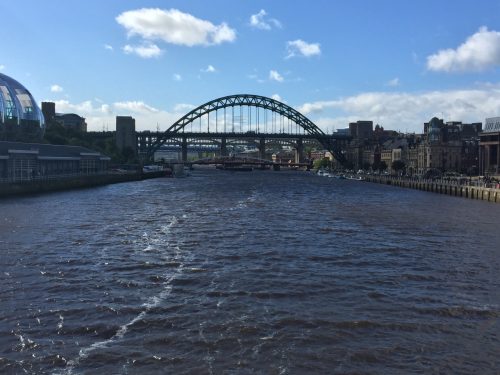

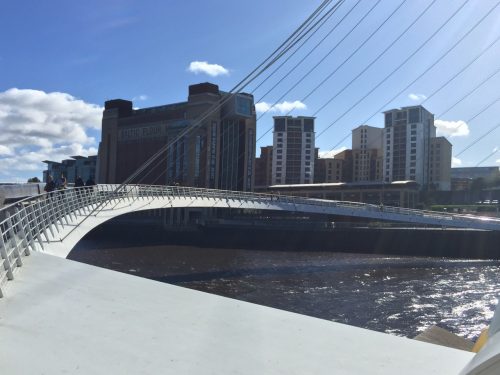
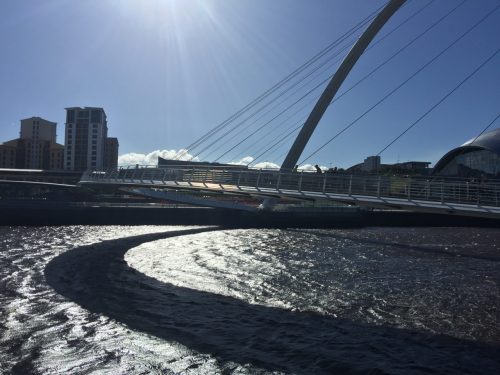
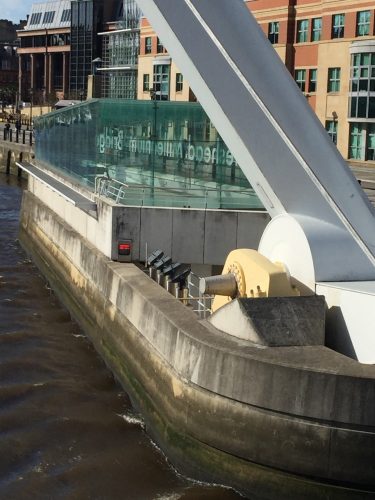


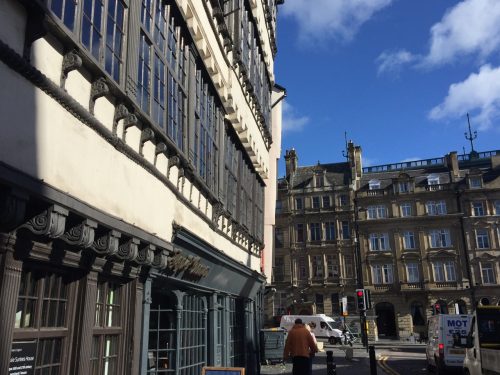
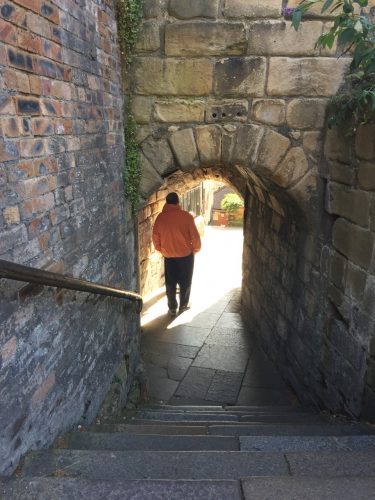
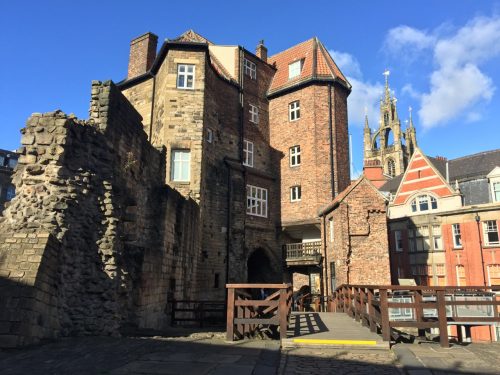


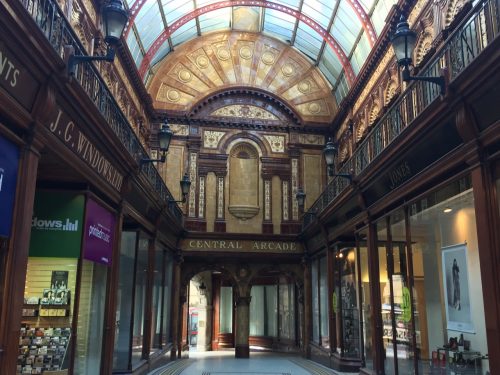



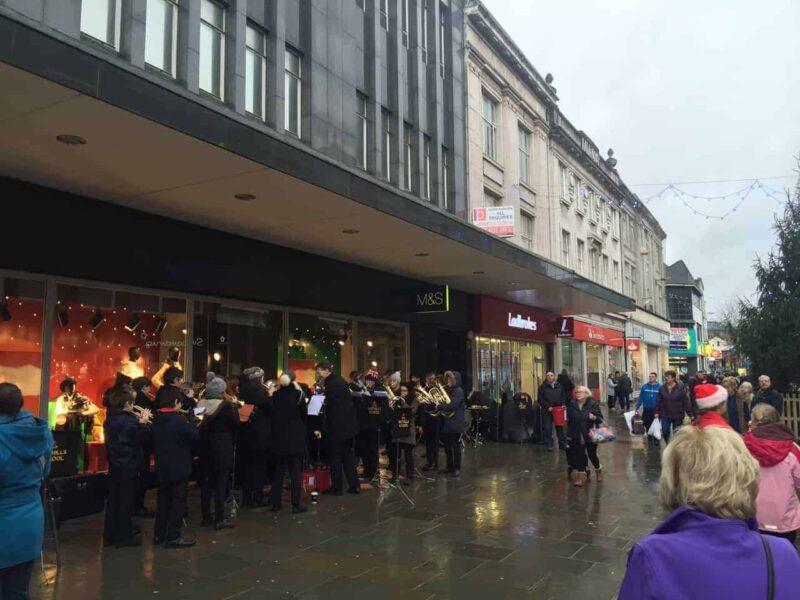
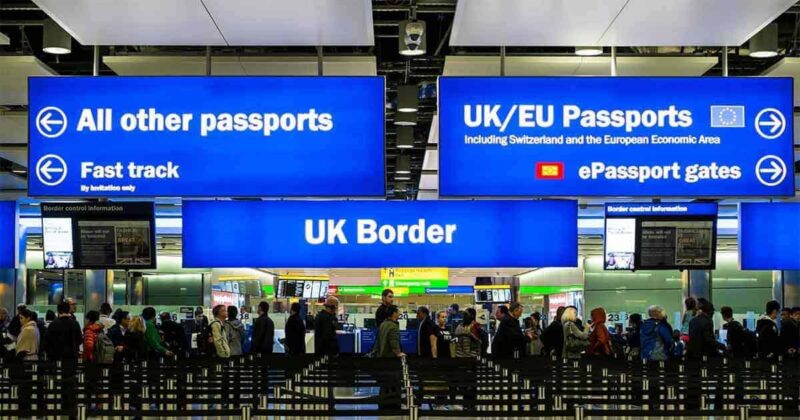
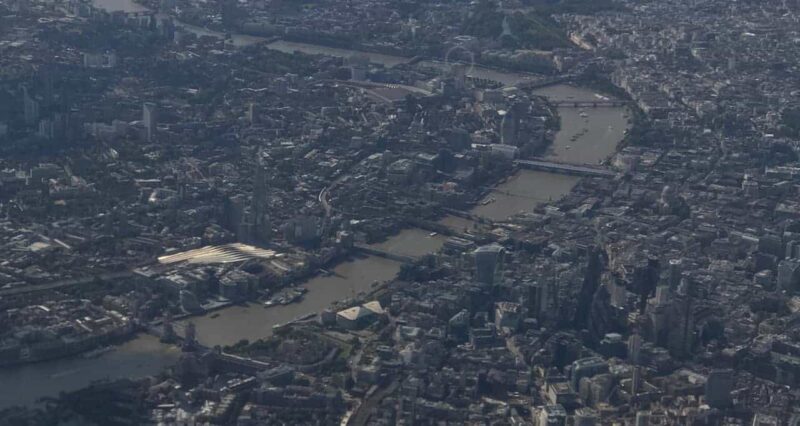

Post Comments